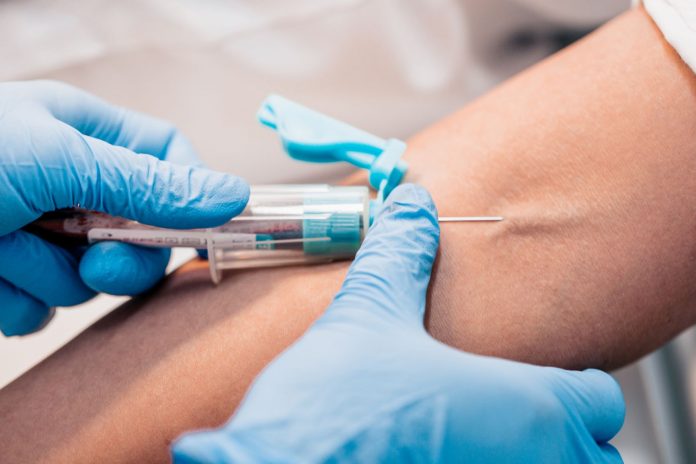Many people are apprehensive when finding out that they need to have phlebotomy to obtain blood for laboratory testing. Needles are never on the top of anyone’s wish list, especially when they concern blood. By learning the reasons for having blood drawn and understanding the phlebotomy process, patients can become more familiar and comfortable with the process.
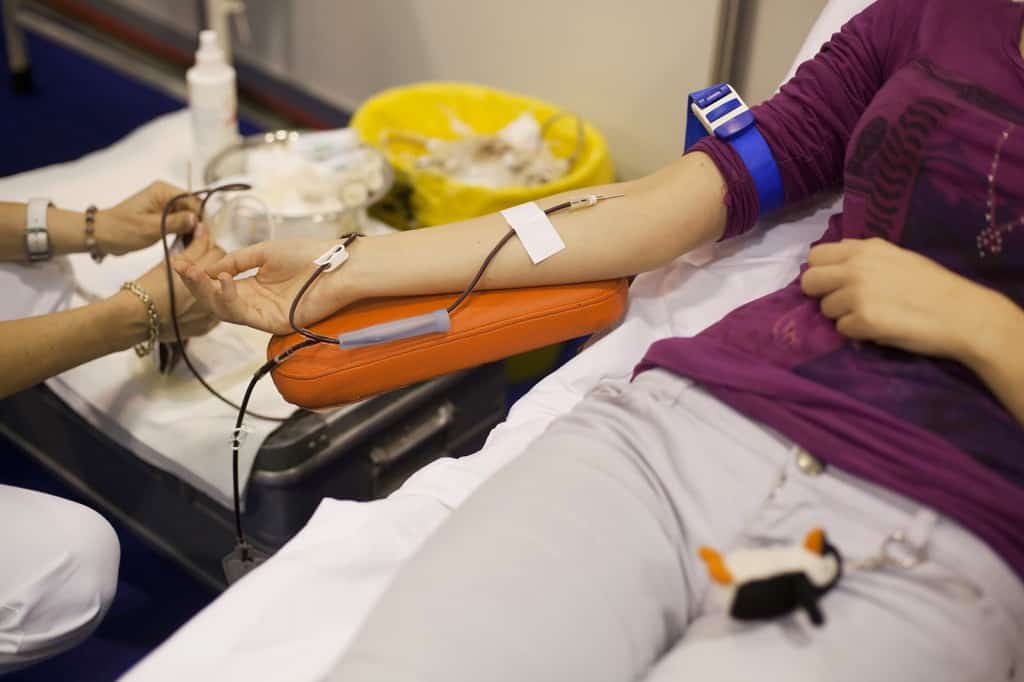
Why doctors order tests
Physicians order blood tests in order to get information about a patient’s current state of health. Blood is the second most commonly analyzed body fluid in the clinical laboratory due to the diagnostic clues that it provides to physicians looking for a diagnosis for their patients.
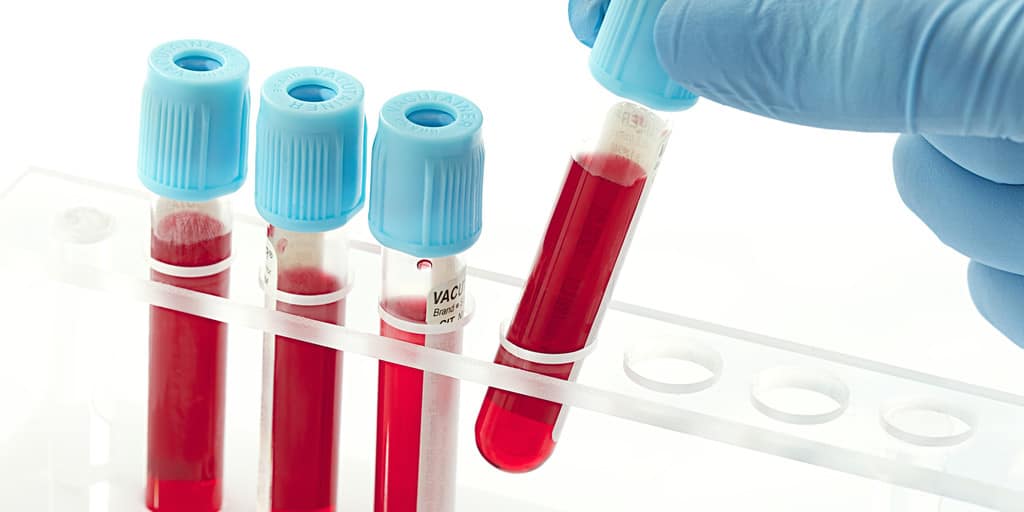
Because blood is found throughout the body, laboratory findings from blood tests can provide a wealth of information about almost all of the systems of the human body.
Phlebotomy procedure
When a patient sits to have his blood drawn, a skilled phlebotomist will introduce himself and explain the procedure. A tourniquet, which looks like a giant rubber band, will be applied to the patient’s arm to help the phlebotomist locate accessible veins. When a vein is located, an alcohol wipe will be used to clean the area of the arm in preparation for the needle puncture. When the phlebotomist goes to insert the needle, the patient has the option to watch or look away.
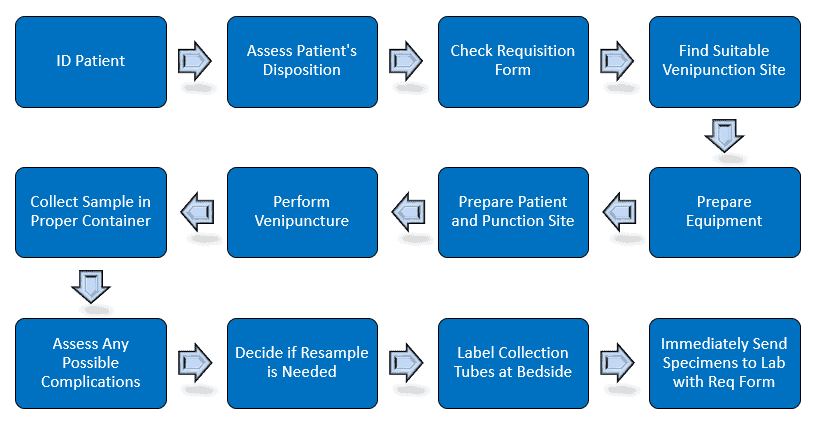
Depending on the type of test that the physician ordered, different colored tubes may be used to collect the blood. Each tube has a special purpose and will cause the blood to either clot and become solid, or stay free-flowing. The tubes have a vacuum inside, so blood will be pulled into the tube once the tube is punctured by the needle.
After the procedure
After the procedure is completed, the phlebotomist will instruct the patient to hold pressure on the puncture site with a cotton ball. Patients who are on blood thinners or aspirin therapy may need to hold pressure on the site for an entire minute or two in order to stop the site from bleeding. It is advised that the patient not bend his arm in order to avoid bruising from the puncture site.

Patients will be instructed to watch the site for bleeding, swelling, signs of infection, or bruising. If the site becomes sore, an ice pack can be applied several times during the day. If soreness persists beyond twenty-four hours, the patient should notify his doctor.
The blood samples will be labeled with the patient’s name and the time of draw. The doctor’s order, or requisition, will be placed into a biohazard bag along with the blood samples and sent off to the laboratory for testing. Results can take anywhere from a few hours to a few weeks, depending on the complexity of the tests that were ordered.
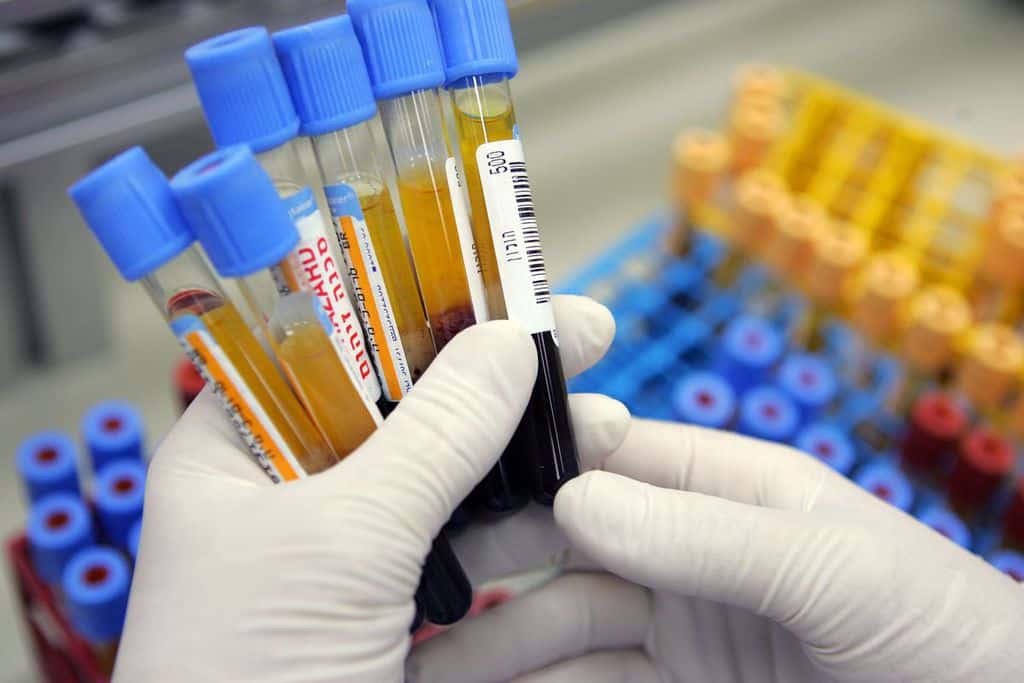
Most laboratories have strict confidentiality policies and will not permit patients to have their own lab results, allowing the physician to have time to review the results before notifying the patient.
Phlebotomy doesn’t have to be a scary procedure. By understanding the necessity of the tests and the reasons why the testing is ordered, patients can help to settle their anxiety and become more comfortable with the procedure.
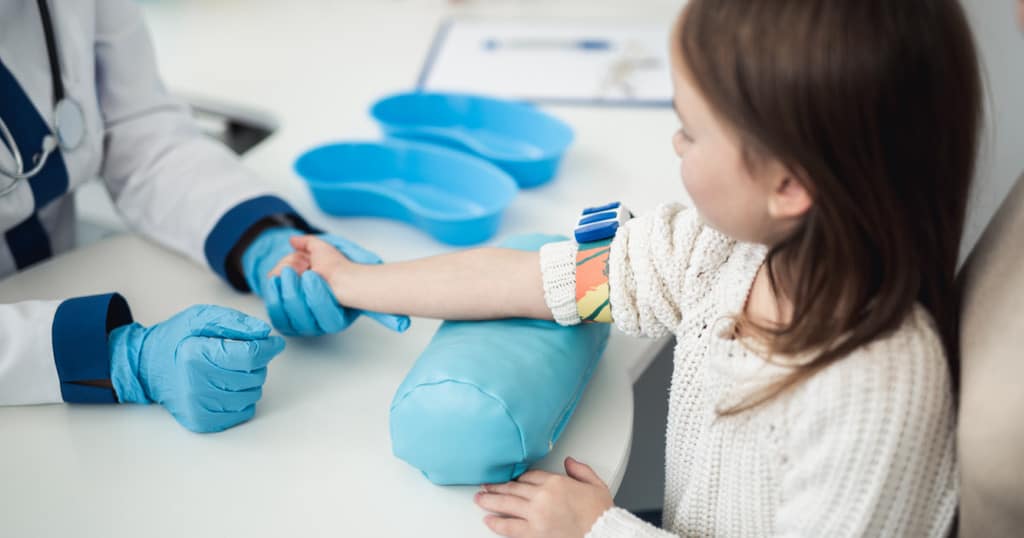
Any time a patient has a question about a laboratory test or phlebotomy, it is recommended that he contact his physician or other licensed healthcare provider.


